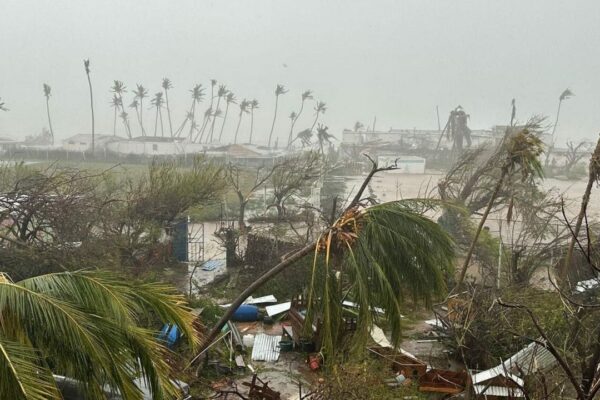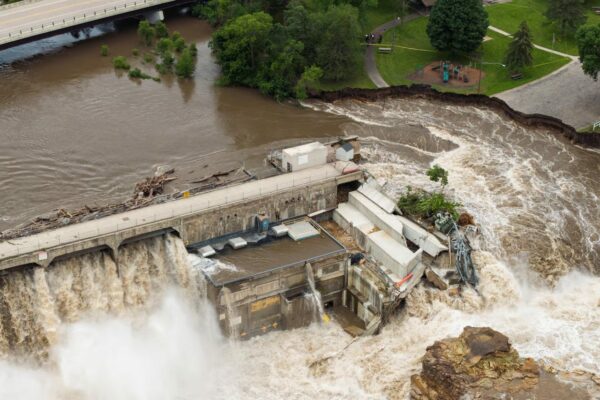Rapidly Changing Climatic Patterns Become Nemesis of the Planet
Earth has been a wintry land and a hotbed at different times in the past centuries. However, with time, such climatic patterns have begun to fluctuate more than often. The increasing carbon emissions from human activities, which are raising the global temperature since pre-industrial times, have induced rapid changes in climatic patterns. Paleoclimatologists across the world have made great strides in understanding the processes that propelled climate change in the earth’s past.
Climate change can be described as a significant, long-term shift in weather patterns that can refer to one place or the planet as a whole – which can be caused by a variety of factors, like physical alterations in the landscape, changes in the atmosphere, or shifts in the intensity of sunlight.
While changing climatic patterns are only natural, many changes in them can in turn affect the energy in the system, altering air and water currents and contribute to a rise in global temperatures.
Table of Contents
Factors Contributing to Climate Change
Slight shifts in environmental trends normally contribute to a drastic climate change. However, as a consequence of humans emitting heat-trapping gases into the atmosphere, global climate changes have become so extreme and widespread that the impact is collectively being referred to as a “climate crisis.”
This has caused an unparalleled increase in the planet’s average temperature, it has already led to extreme polar and glacial ice melt, rising sea levels, widespread reductions in biodiversity, and changes in extreme weather events like forest fires, flooding, storms and heatwaves.
The devastating consensus on the primary cause of this specific period of warming is a large-scale addition of greenhouse gases. Most of these are the direct result of human activity over the past two centuries, specifically the burning of fossil fuels such as oil, gas and coal in transport and industry.
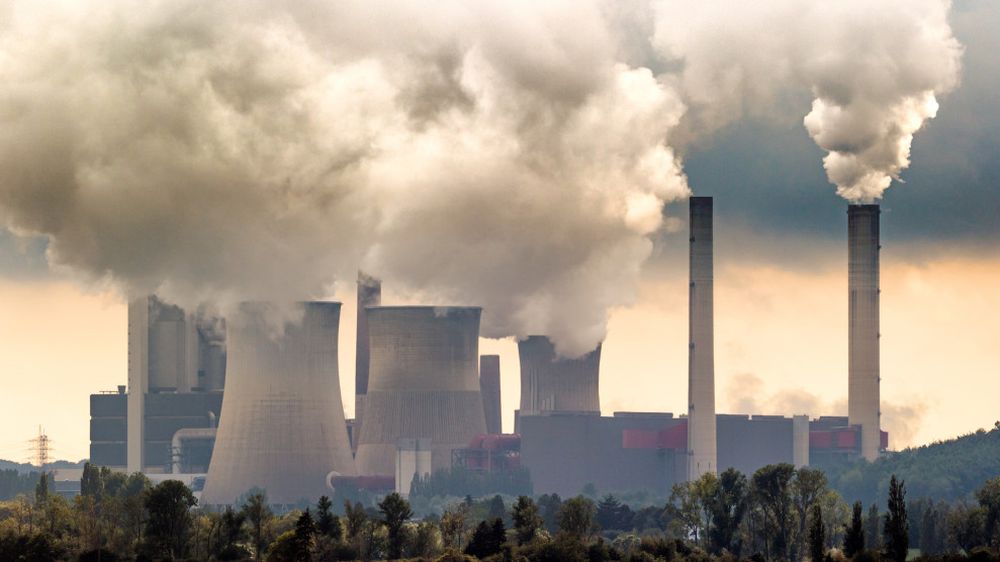
Increased carbon emissions have contributed to climate change | Image: ArcGIS StoryMaps
Compared with the average global temperature a century or two ago, the current temperature of the planet is already warmer by over 1 degree Celsius. If the greenhouse gas emissions keep going forward at the same rate, the global temperature is bound to escalate to the planet’s doom.
The rising human population is yet another factor contributing to the changing climatic patterns. It is not a hidden fact that humans are primarily driven by their desires and needs, which compels them to acquire more and more than they need.
Needless to say, the selfish trait of mankind has exploited the planetary resources, depriving wildlife of their natural habitat, and most of all the greatest invention of plastic – inflicting horrors upon the earth. Plastic pollution has become a never-ending ordeal for the survival of the planet, which does not seems to be getting solved any time soon. Hence, it makes mankind the only species, whose actions have pushed the earth toward its impending doom.
Also Read: Scientists Warn Humanity of Unseen Horrors of Climate Change in Future
Repercussions of Climate Change
The climatic changes can have drastic effects on the planet and its inhabitants. Animals and plants are already vanishing from parts of their range that are now too hot. Many species have borne the brunt of changing climatic patterns, especially polar bears are threatened by global heating.
Adverse Effects on Wildlife
According to a study, the majority of polar bears will likely disappear by the end of the century if greenhouse gas emissions are not curbed.
The ice glaciers are melting at a rapid rate, threatening to flood the coastal settlements, while depriving the polar bears of their natural habitat. The declining sea ice has pushed some polar bear populations to their survival limit.
Even if emissions are stopped, sea ice will continue to melt in the coming years as a result of the current levels of carbon in the atmosphere, which will lead to a decline of polar bears, especially in southern Arctic regions.

Climate change is threatening polar bear populations into extinction | Image: Environmental Defense Fund
In 2016, scientists announced that the last Bramble Cay melomys, a rat-like rodent found on the low-lying island in Australia’s Torres Strait, had vanished due to various factors, including the rising seas. Of 976 species surveyed in the 2016 study, 47 percent had disappeared from the areas they had earlier inhabited owing to the rising temperatures.
Rising temperatures are reducing some plant and animal populaces, driving species toward the poles, shifting migrants and their behaviors. For instance, the number of Adélie penguins has decreased worryingly, while an Arctic shorebird called the red knot is getting smaller in size.
The rapid loss of ice is forcing walruses by the thousands onto land in Alaska. Entire regions, ecosystems are being altered: Alpine ecosystems from the Rockies to the Swiss Alps are being forced off the mountaintops.
The excessive warming of ocean waters has caused the bleaching of corals and die-offs at reefs across the planet. Climate change is also affecting anatomy and migration patterns of nightingale birds, causing these birds to evolve shorter wings, which might make them less likely to survive their annual migration.
Shifting Rainfall Patterns
The average precipitation rate across the globe has increased. Current climate models indicate that rising temperatures are bound to intensify the earth’s water cycle, increasing evaporation. Increased evaporation will result in more frequent and intense storms – as a result, storm-affected areas are likely to witness increases in precipitation and more risk of flooding, whereas regions located far away from storm tracks are likely to witness less precipitation and increased risk of drought.
Changes in rainfall patterns and other forms of precipitation (snowfall) will be one of the most critical factors determining the overall impact of climate change. A warmer atmosphere can hold more moisture, and with every degree centigrade of warming the global vapor increases by 7 percent. While the changes in global precipitation are undetermined, the total precipitation volume is likely to increase by 1-2 percent per degree of warming.
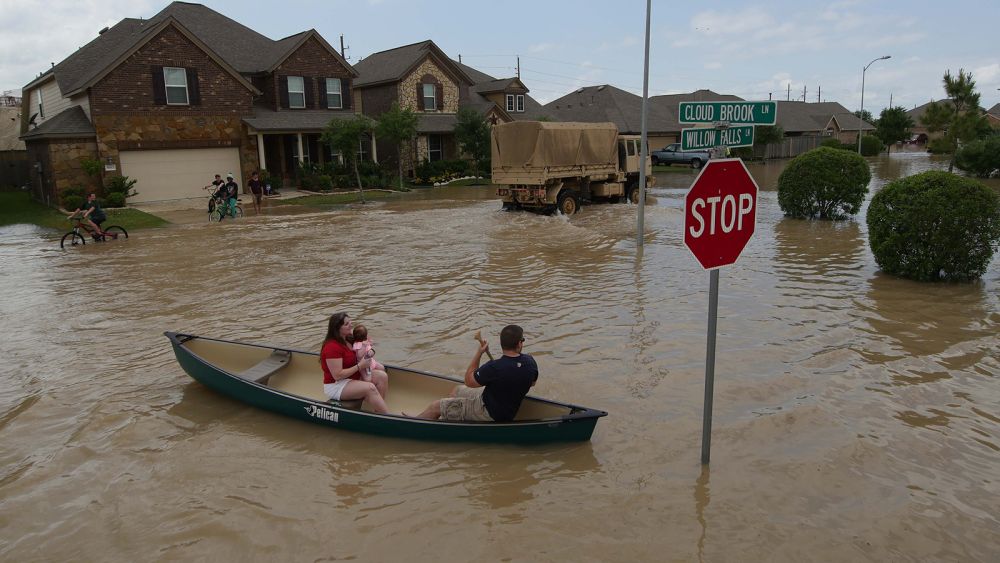
2016 Texas flood – people were bound to row a boat on flooded roads, caused by extreme rainfall | Image: Grist
Studies show that regions that are already wet are likely to get wetter, but the profoundness of such impacts is still ascertained. The dry regions of the subtropics are likely to get drier and will shift towards the poles.
As for Europe, wetter winters are expected, while central and southern Europe are to witness drier summers. As per a study fluctuating rainfall patterns can adversely affect the semi-arid plant species, which can lead to an extinction-level catastrophic event in the ecosystem.
It is expected that in a warmer climate heavy rainfall will increase and be produced by fewer more intense events, which could lead to long-term dry spells and a higher risk of floods. For instance, the 2015 Chennai Floods were not a natural occurrence. According to the experts, it was majorly caused by climatic changes.
A 2011 study revealed that man-made climate change substantially escalated the events of damaging floods occurring in England and Wales in autumn 2000. For the UK, current speculations suggest that increases in heavy rainfall during winter may start to become discernible more generally in the 2020s.
Conjuring Up Dry Spells
Drought is seen as a natural disaster, while in fact, it isn’t. Areas as diverse as California, the Eastern Mediterranean, East Africa, South Africa and Australia have all witnessed severe drought events over the last two decades. A 2016 study by NASA revealed that drought that has been affecting the eastern Mediterranean Levant region since 1998 is likely the worst in the past nine centuries. The region comprises Cyprus, Israel, Jordan, Lebanon, Palestine, Syria, and Turkey.
While such occurrences have become pretty common over the past decades, climate change is only making it worse. For instance, as temperatures have increased over the past century, the prevalence and duration of drought periods have increased across the world.

Dried up Theewaterskloof Dam, which is the biggest reservoir for Cape Town, in 2018 | Image: Robert McSweeney
Global climate change affects a variety of factors that contribute to droughts. The increased temperatures will lead to more precipitation falling as rain rather than snow, earlier snow melt, and increased evaporation and transpiration. All these factors pose a risk of an increase in hydrological and agricultural drought with rising temperatures.
The most recent researches show that climate change is already making many parts of the world drier, hinting that droughts are likely to escalate as the climate warms further.
While droughts can have different causes depending on the geographical and natural factors of any given region, the majority of scientists have linked more intense droughts to climate change. Given the fact that more greenhouse gas emissions are released into the air, causing air temperatures to increase, more moisture evaporates from land and lakes, rivers and other water resources.
Warmer temperatures increase evaporation in plant soils as well, affecting plant life and reducing rainfall even further. And when rainfall does come to drought-stricken regions, the drier soils are less able to absorb the water, increasing the chances of flooding.
The Burning Lands
The changing climate of a fast-warming planet is likely to lead to more record-breaking blazes, like those that have recently ravaged the lands of Amazon, Australia, and the US West Coast. The shifting rain patterns, increasing temperatures, and long droughts have contributed greatly to these catastrophic wildfires.
According to Nikhaa Hagelberg, the climate change experts with the United Nations Environment Programme (UNEP), the planet is already 1.1 degree Celsius warmer than it was in pre-industrial times and the changing climatic conditions will only worsen the situation.
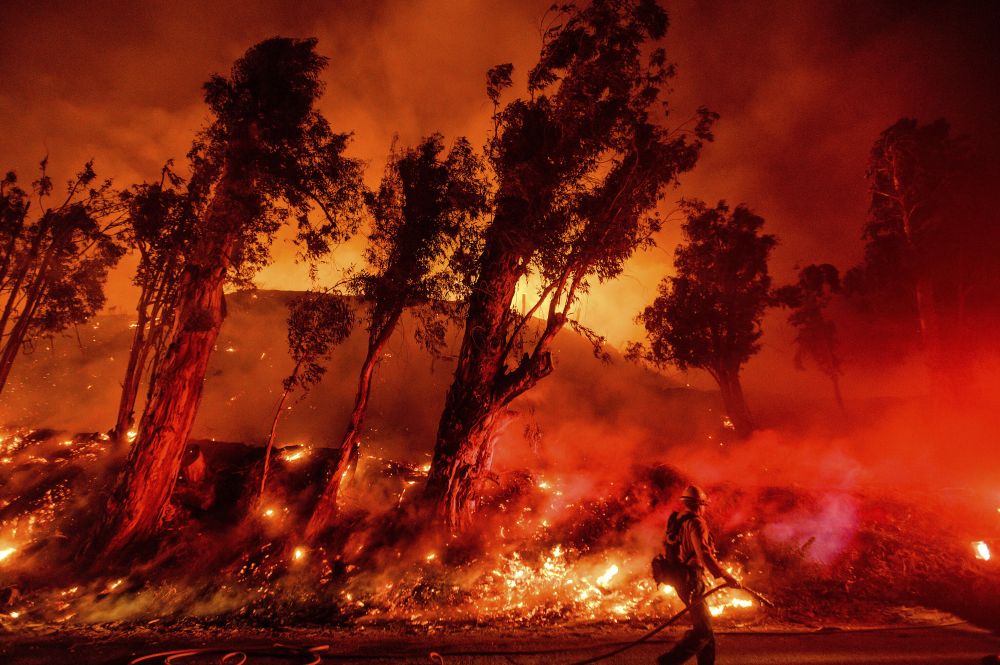
2020 fire season has burned over 4 millions of land in the US West Coast | Image: Noah Berger/AP
Although, forest fires are a natural occurrence the recent years have seen a rise in the average temperature – leading to an increase in evaporation and extended periods of droughts; all of which fuel the increase in the frequency and intensity of fires.
According to the IPCC, climate change only increases the likelihood of droughts, storms and other weather anomalies. A report from the University of California, Berkley, found that the fire season in the western United States is now 75 days longer that it was in the 1970s.
Actions to Slow the Consequences
The Intergovernmental Panel on Climate Change (IPCC) presently commends limiting global temperatures to 1.5 degrees Celsius, while the Paris Agreement aims to keep global temperatures below 2 degrees Celsius. Global communities are trying to lower the emissions and honor their commitments in the Paris Agreement, but mostly they are failing.
Going above those thresholds could cause an irreparable global catastrophic chain of events. These are known as tipping points, and their natural feedback systems might cause heat to accumulate even faster in the atmosphere, which can lead to a bleak future scenario known as the “Hothouse Earth.”
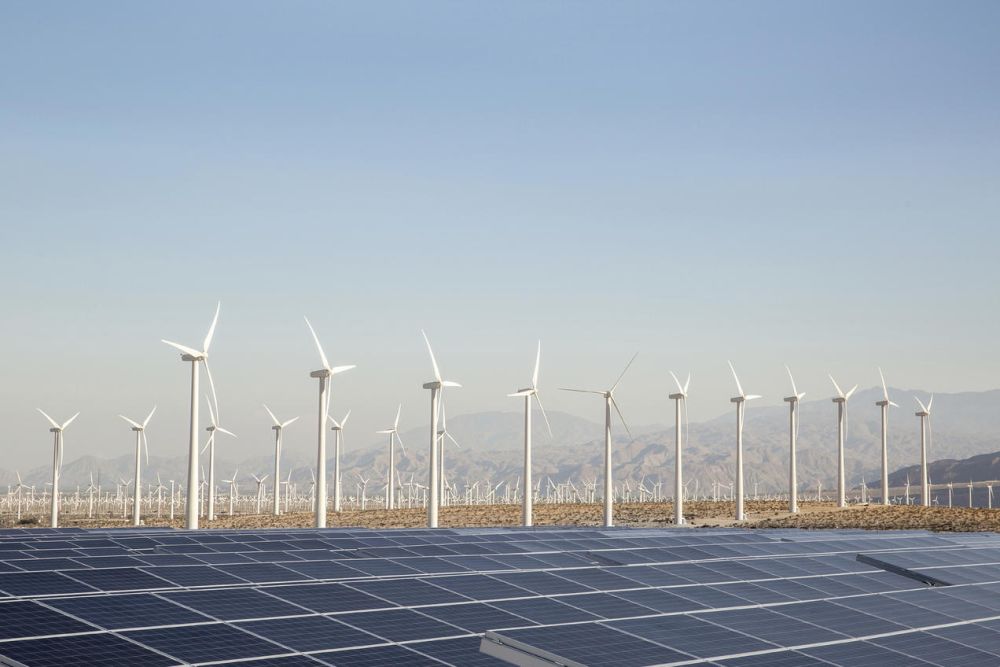
Renewable energy resources are one of the solutions to slow the catastrophic climate change | Image: Smithsonian Magazine
Renewable energy sources are being used more and more to help reduce carbon emissions, majorly released via the combustion of fossil fuels. Many communities across the world have been organizing major tree plantation drives which can potently help reduce the high carbon levels present in the environment.
In 2018, IPCC suggested that people would have to take strict actions to meet the more aggressive target under the Paris Agreement. It was concluded that the world’s greenhouse gas emissions need to be cut in half of where they are now by 2030, zero by 2050, and thereafter emissions would have to be removed from the atmosphere to stabilize the climate.
Many scientific discoveries have also been paving the way to slow down the climate change, including scientific methods to regenerate coral reefs and discovery of reefs that are insusceptible to rising oceanic temperatures. According to a recent study, reefs found in the Eastern Tropical Pacific region have adapted to the heat stress and could provide solutions for survival of coral reefs in other parts of the world.
While these actions seem sufficient to reverse the patterns of changing climate, it is highly unlikely for the global communities to meet their respective set targets to reduce emissions. It further poses a question, the most horrifying one, “Are we moving toward a final tipping point, where there are no take-backs?”
